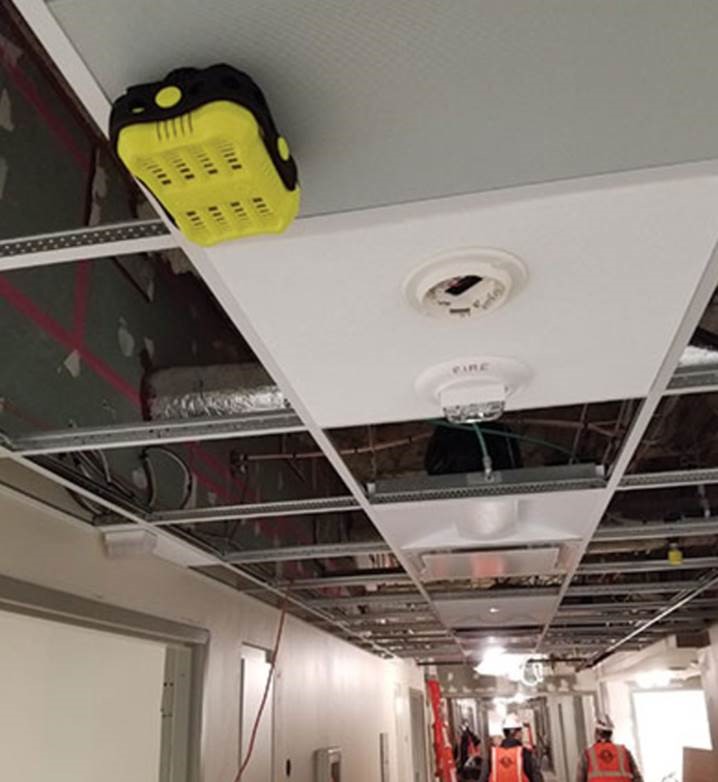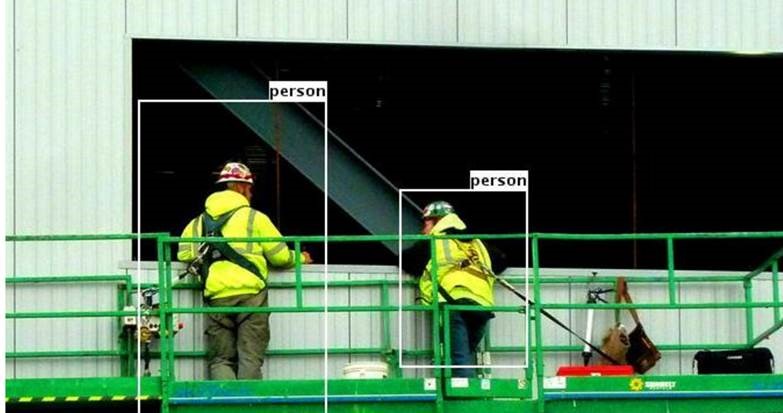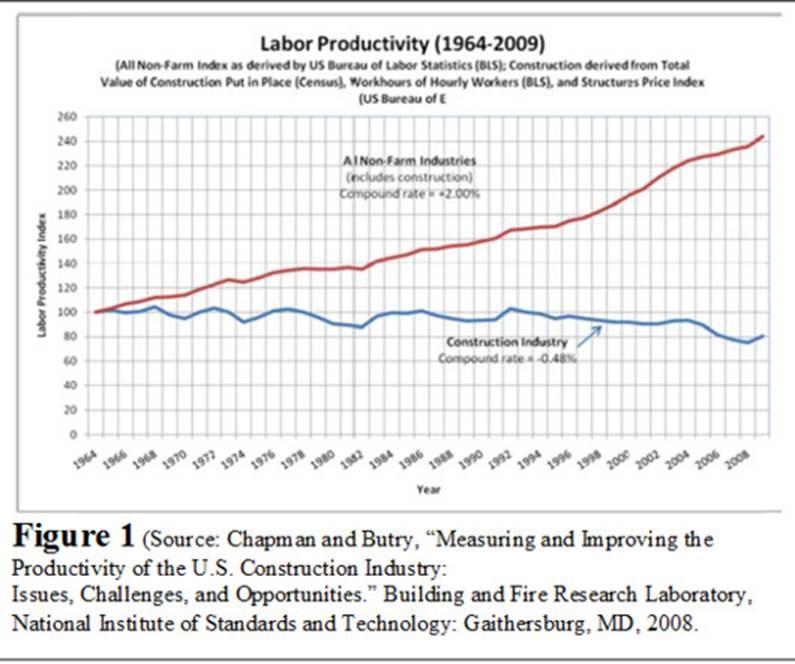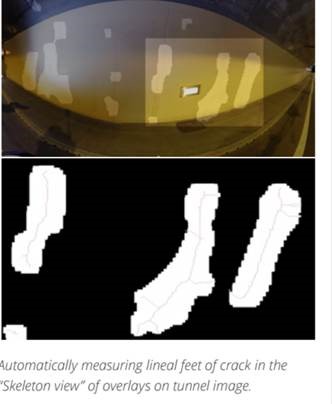I am consistently surprised by how awed and inspired I am by seemingly improbable ideas that again and again turn into outstanding products. My visit to ENR’s Annual FutureTech conference in San Francisco last week is no exception.
My two big takeaways are:
-
- Information for people working on a construction site is becoming more accessible. Products like AutodeskBIM 360allow drawings, specs and other project information to be available instantly to workers using mobile phones, tablets and computers. This is by far the biggest technology push for most General Contractors.
- BIM to FM is the next big nugget of data transfer and owners will be demanding it soon.
The opportunities for automation are ripe for this industry and with the advent of inexpensive cloud computing, the prevalence of mobile devices and the massive amounts of project data to be created and analyzed, I believe automation in construction will be on a steep upward curve in the near future. Don’t take my word for it. Go to any construction site of scale and see for yourself.
Here are a few of the most forward-looking highlights from the show:
Pillar Technologies

Sensors on site, Internet of Things (IoT): Sensors are being placed on job sites that can detect mold, humidity, temperature, dust particles, noise and vibration. These environmental sensors can help predict when drywall mud will be dry for painting, when water is present on the site so contractors can avoid damage or when there is an excessive amount of dust that could harm workers.
Spot-r
Worker safety tracking: This is a wallet size device placed on a worker on site. The device communicates wirelessly with a cloud application to track (in real-time) where the individual is located on a floor plan. The device can also detect a slip and fall and has an emergency call button to notify responders if needed. If desired, it can be used as a time card device or worker site management.
Smartvid.io

Machine learning for object recognition: If you take a bunch of pictures on-site, this tool will automatically categorize the pictures based on the images, text and voice tags. The tool recognizes scaffolding and duct work and can read attached text and voice. These folks are teaching the software to recognize safety issues such as a worker without a helmet or safety vest. Another application is automatically detecting cracks in a subterranean wall to estimate repairs.
Doxel
Artificial Intelligence for the construction site: This one is still in the skunkworks with little public information available. In general, this tool arms a rover-like (think Rhumba) drone that crawls the construction site and does a scan and photo survey every day to track work progress and compare changes. It's still in the early technology stages, but a great case study into what Ai can and will be doing.Summary
The technologies mentioned above will not single-handedly revolutionize the job site. I would expect the job site of the future to have sensors, videos and robots that ensure safety, assist workers and reduce rework. Data is king and the more data collected means more can be measured and improved.The future is here so keep your eyes and ears open. Some of this technology will be on your job site soon.


